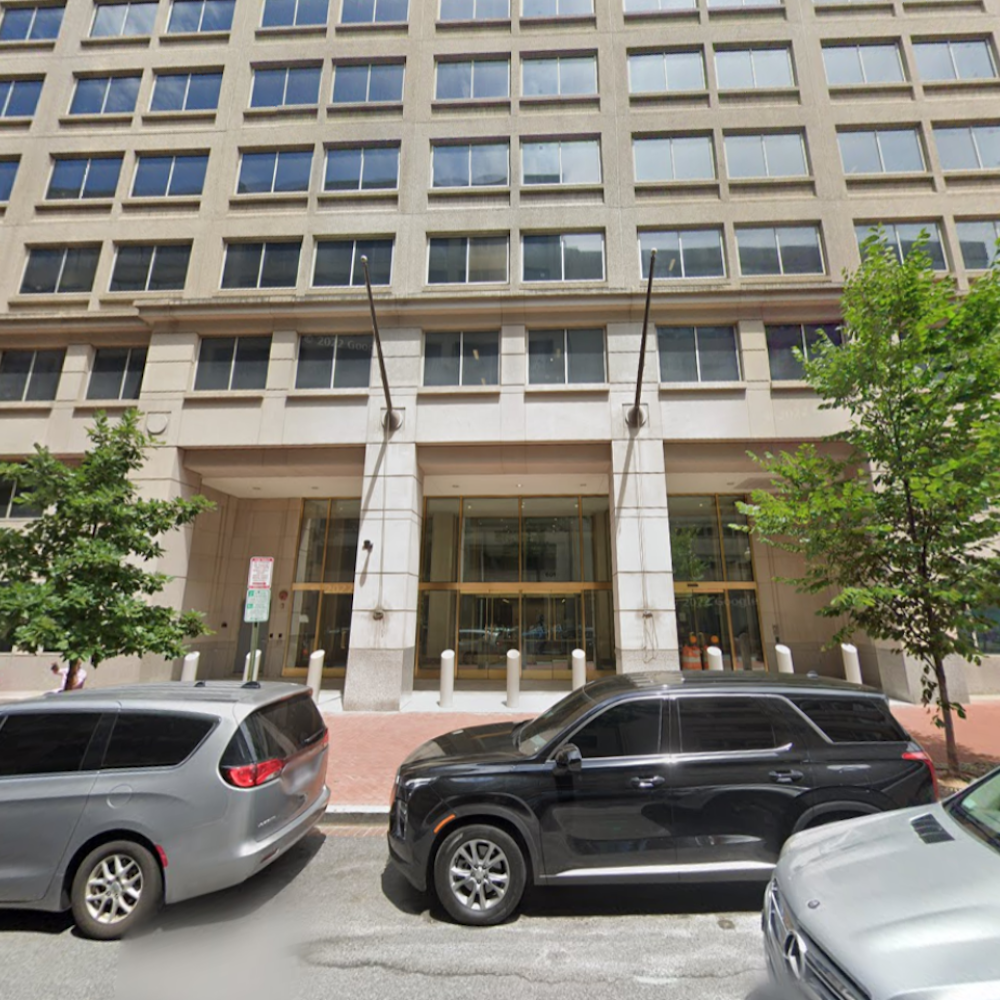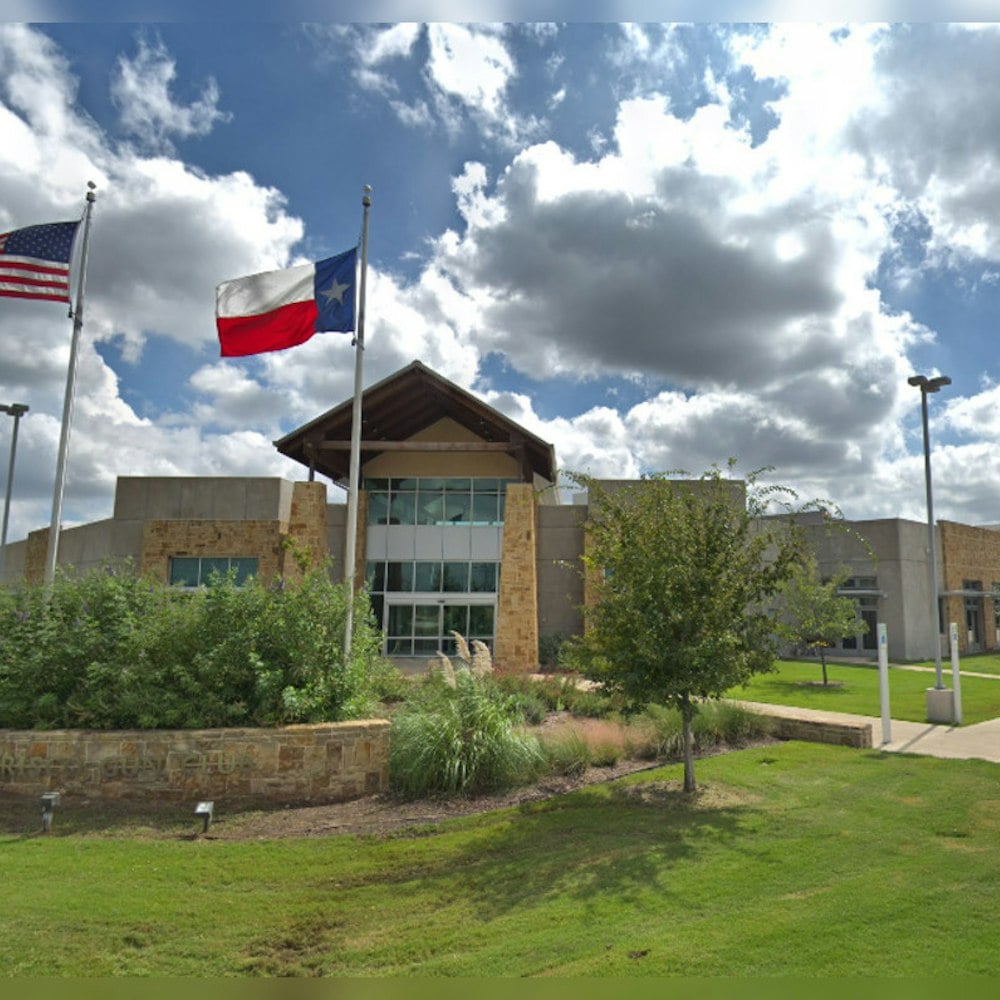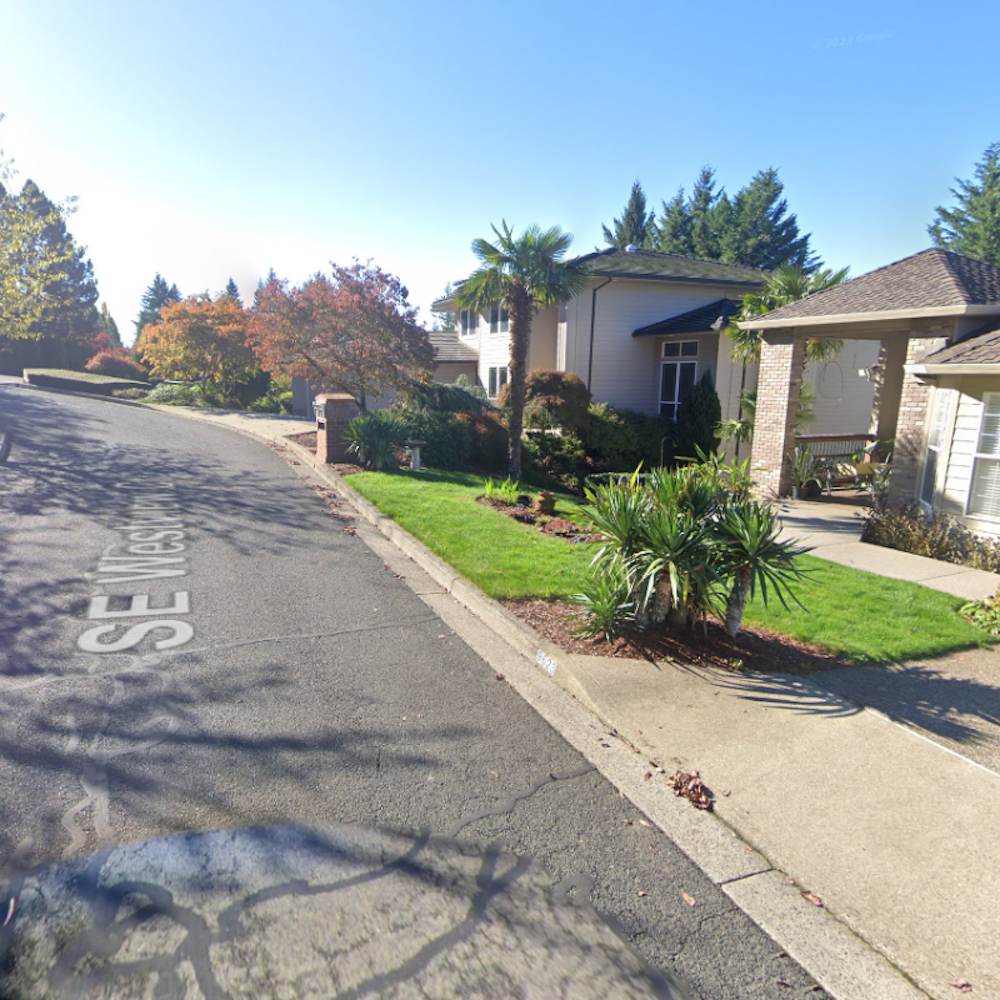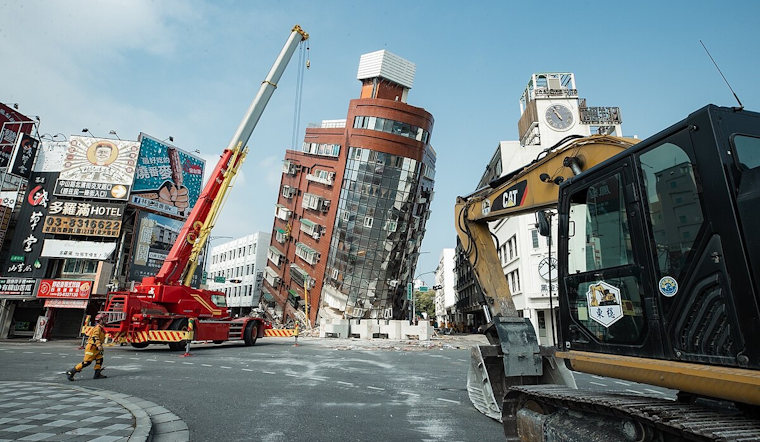
In the early hours of Wednesday morning, as commuters in Taiwan navigated their way to work and school, a 7.4 magnitude earthquake struck, proving to be the strongest the island has seen in 25 years. Despite the staggering might of the tremor, which caused bridges to sway and triggered landslides, the damage was not as catastrophic as expected. According to NPR, the residents of Taiwan were left speaking more about the potential for disaster than the earthquake itself, which resulted in nine deaths and over a thousand injuries—a figure that still could rise, as reported by Taiwanese officials.
Unlike the situation in Taiwan, experts are sounding the alarm that Portland, Oregon, is woefully unprepared for such an event. Portland has more than 1,600 unreinforced masonry buildings, posing serious collapse risks in the event of an earthquake. Dr. Scott Burns, a Professor of Geology at PSU, told KOIN in regards to the city and school buildings, "The city knows that, but they have a limited budget and so they’re slowly taking care of it a little bit each year." A stark contrast to the action in the wake of destruction, Portland has been identifying at-risk buildings since the ‘90s with only 20% undergoing partial retrofitting to date.
The state of readiness in Taiwan reflects efforts put into motion following the Chi-Chi earthquake of 1999. As noted by NBC News, the island upgraded much of its infrastructure, implemented modern seismic building codes, and established a robust early-warning system. Seismology experts acknowledge that these measures have rendered Taiwan better prepared for such seismic catastrophes than many regions in the U.S.
This recent disaster highlights a daunting reality for places like Portland, where older buildings and bridges still stand as silent yet vulnerable reminders of infrastructural neglect that could not handle a major earthquake. As Dr. Burns explained despite the city's awareness of the seismic dangers, budget constraints throttle progress, leaving citizens among unreinforced structures with the risk looming large over their heads, reminiscent of their Taiwanese counterparts before extensive improvements were made.
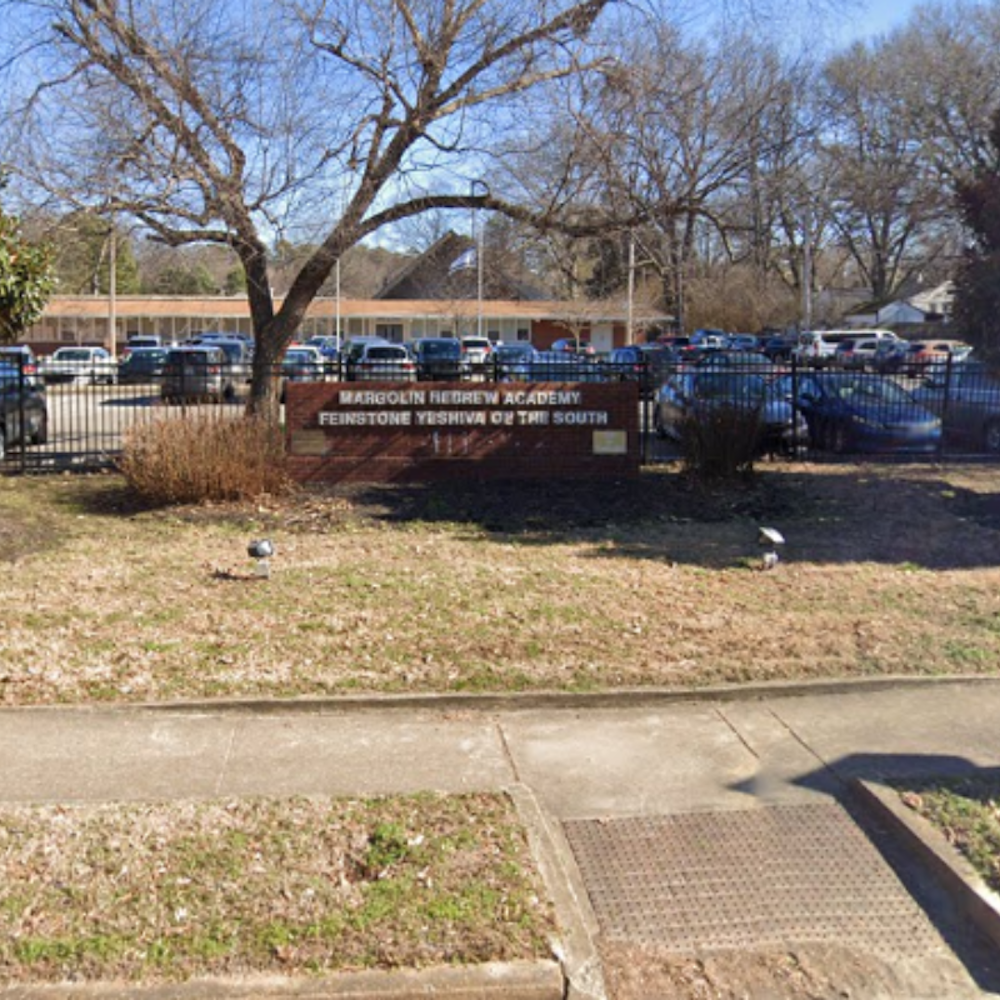
-1.webp?w=1000&h=1000&fit=crop&crop:edges)
